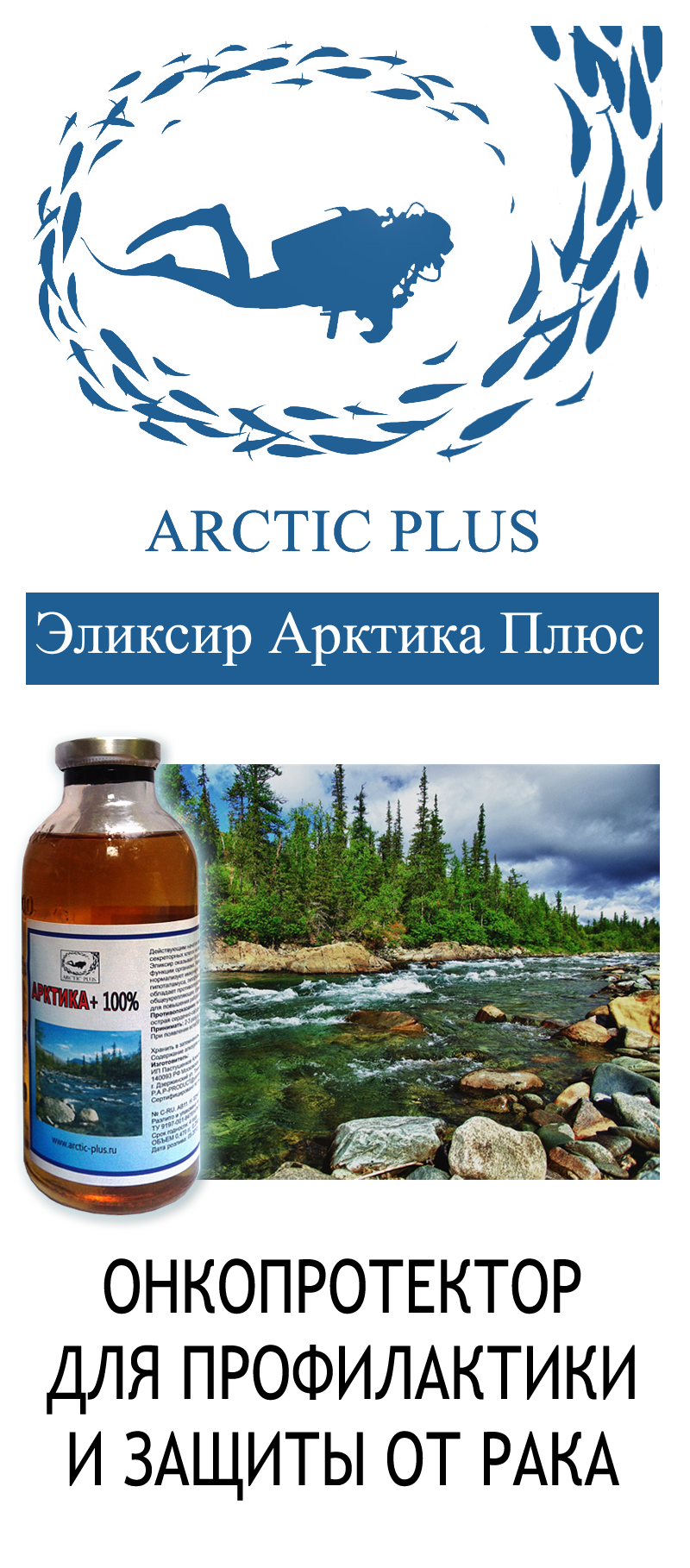Статья Филиппа Хантера | Журнал EMBO reports

Is eternal youth scientifically plausible?
Research on the role of free radicals in ageing gives cause for optimism
As the popular saying goes, the only certain things in life are death and taxes. Given its inevitability, it is no surprise that death—and the ageing process that precedes it—has fascinated humans for centuries. However, it is only with the development of modern science that we are now beginning to understand why our bodies grow older and more frail until we eventually die. As theories have been put forward and refuted, the field of ageing research has oscillated between optimism and pessimism, flitting between the hope that ageing can be slowed or stopped, and the fear that it is inevitable and irreversible.
The present mood is one of cautious optimism, based on studies showing that the average and maximum lifespans of rodents can be increased by 25–80% through restricting calorie intake or inhibiting the insulin growth factor 1 (IGF1) receptor (Holzenberger et al, 2003). In the worm Caenorhabditis elegans, in which increased longevity is easier to attain, the restriction of various reproductive and energy-production pathways has increased maximum lifespan more than sixfold from 20 to 126 days (Kenyon et al, 1993; Murphy et al, 2003). According to Cynthia Kenyon from the University of California, San Francisco, USA, recent research—on C. elegans in her own laboratory, and on mammals, birds, insects, yeast and other organisms by other groups—has ushered in a new era in which significantly increasing human lifespan might be possible. “The real value of the work so far is that we now know lifespan is not a passive phenomenon. It’s controlled by genes,” said Kenyon.
Although some researchers are wary of drawing too many conclusions about mammalian ageing from work in lower organisms, it is now widely accepted that free radicals are the principal mediators of ageing in most species. During the synthesis of ATP, mitochondria produce reactive oxygen species (ROS)—particularly superoxide molecules—which are formed when electrons leak from the respiratory chain and react with oxygen. These highly reactive free radicals damage other macromolecules both in the mitochondria and in the host cell when they leak into the cytosol. As this damage accumulates, it can trigger cell death.
…it is now widely accepted that free radicals are the principal mediators of ageing in most species
Despite its apparent plausibility, the free-radical theory of ageing is not necessarily correct. Instead of being the primary cause of ageing, free radicals might simply be a by-product of a genetically programmed process that dictates the pace of ageing, especially in some lower organisms. Recent research supports this view— perhaps even in higher mammals—in light of mounting evidence that mitochondria are a link between cancer and programmed cell death through apoptosis.
A research group headed by Pier Giuseppe Pelicci at the European Institute of Oncology in Milan, Italy, proved this link by showing that p66Shc—a protein involved in tumour suppression—also has a crucial role in mammalian ageing (Migliaccio et al, 2006; Trinei et al, 2002). Activation of the tumour suppressor p53— for example, after DNA damage—leads to increased production of p66Shc, which then induces the production of ROS and subsequent mitochondrial damage, ultimately leading to apoptosis of the parent cell. This is a desirable outcome in tumour cells; however, it also leads to degeneration and ageing in tissues where cell division has ceased, such as muscle cells. The researchers found that mice in which both copies of the p66Shc gene were deleted enjoyed a one-third increase in lifespan, thereby providing the strongest evidence yet that p66Shc is a major determinant of ageing in mammals.
This research also reinforces the longstanding belief that cancer and longevity are intricately linked, with the former imposing a limit on the latter. However, Kenyon and her colleagues have shown that, at least in C. elegans, this is not always the case. Worms do not normally develop cancer; however, if tumour-suppressor genes are mutated, the worms develop tumours that halve their average lifespan (Pinkston et al, 2006). If, by contrast, a normal worm has an IGF1 suppressor mutation, its lifespan is doubled. The most interesting finding was that the lifespan of the tumour mutants also doubled when they had their IGF1 suppressor muted, indicating that these worms enjoyed increases in both tumour resistance and longevity. “We found the longevity mutations all affected the rate of mitosis in the tumours but not in normal cells,” said Kenyon, suggesting that resistance to cancer and other ageing factors might have evolved in tandem.
However, there is still confusion when analysing the factors and mechanisms that determine differences in lifespan between and within species. Many avian species live up to ten times longer than mammals of comparable size; therefore, scientists are hoping that research on flying birds will provide some answers. Bats—which are flying mammals—live similarly long lives, suggesting that longevity is linked to the evolution of flight rather than being an intrinsically avian characteristic. The fact that non-flying birds, such as ostriches, have a lifespan comparable to that of similarly sized mammals reinforces the idea that increased longevity is related to flight rather than to some innate difference between birds and mammals.
The prevailing evolutionary explanation is that flight allows individuals to escape both predation and overpopulation, which increases the selective advantage of longevity with a corresponding reduction in reproductive rate. Put simply, there is no need to produce many offspring to counter losses from predation. As Vladimir Skulachev, Director of the Belozersky Institute of Physico-Chemical Biology at Moscow State University, Russia, noted, birds and bats do not need to evolve more quickly than flightless predators, and therefore can afford longer gaps between generations. The question then is how these selective pressures are translated into mechanisms at the molecular level. “For instance, birds have a much more efficient respiratory system, and are able to extract more oxygen from inspired air, than mammals,” explained Steven Austad, a professor at the University of Texas Health Science Center, San Antonio, USA.

This increased efficiency, which is also found to some extent in bats, almost certainly evolved to meet the energy demands of flight. However, despite their higher rate of respiration, birds and bats produce fewer ROS per inhaled oxygen molecule than do non-flying mammals. Anja Brunet-Rossinni at the University of Minnesota, St Paul, USA, found that mitochondria in bats generate fewer free radicals than in the short-tailed shrew or the white-footed mouse (Brunet- Rossinni, 2004). Similarly, Gustavo Barja from the Universidad Complutense de Madrid, Spain, and colleagues showed that birds and bats have lower levels of antioxidants than non-flying mammals, which suggests that having more efficient mitochondria obviates the need for additional protection against oxidative damage (Sanz et al, 2006).
Many avian species live up to ten times longer than mammals of comparable size; therefore, scientists are hoping that research on flying birds will provide some answers
In addition to ROS and antioxidants, such as superoxide dismutase, there is a third factor in the link between oxidative damage and ageing: the ability of a cell to repair or resist damage. An important factor in repair is mitochondrial DNA (mtDNA), which is less protected than nuclear DNA and is right in the firing line of ATP production. This, in turn, can cause programmed cell death of the mitochondrion or leaking of ROS into the cytosol, both of which can induce apoptosis of the cell. Until recently, scientists thought that mtDNA was unable to repair itself; however, there is now evidence of some ability to correct mistakes arising through mutations or copying errors (Bohr et al, 2002). The proteins involved had previously eluded detection in part because they are encoded by nuclear DNA and then imported into the mitochondria.
In response to caloric restriction, mitochondria seem to work more efficiently and leak fewer free radicals into the cytosol
The ability to resist damage is also important, as proteins and lipids will inevitably be exposed to free radicals. “Long-lived mammals and birds are designed with proteins and lipids [that are] more resistant to oxidative modification,” Barja said. In the case of lipids, a regulated decrease in the level of unsaturated fatty acids can increase organismal longevity, as fewer double bonds per molecule means fewer sites where peroxidation can occur. In the case of proteins, a lower proportion of easily oxidized amino acids—most notably methionine, which is converted to methionine sulphoxide and can change the structure of the protein—results in resistance to oxidative damage in birds and bats. “In summary, all available data indicate that maintenance is not due to increased defences or to increased repair,” said Barja. “Instead, maintenance from the oxidative stress point of view is due firstly to low rates of damage, and secondly to possession of macromolecular building blocks that are highly resistant to oxidative damage.”
In light of these data, the question arises as to what extent longevity can be controlled externally, whether by specifically modulating ageing-related pathways or through diet. Research on the former is still confined largely to lower organisms, despite Pelicci and colleagues’ investigation of the role of p66Shc in mice. Research on the latter now suggests that longevity can be achieved through an optimum diet, which has led scientists back to amino acids, notably methionine.
In response to caloric restriction, mitochondria seem to work more efficiently and leak fewer free radicals into the cytosol. There are conflicting data on whether such restriction increases or decreases the rate of mitochondrial respiration, although there is a general consensus that it reduces both cellular and mitochondrial damage, presumably by reducing the production of ROS, according to Luca Scorrano who leads the Mitochondrial Dynamics Group at the Venetian Institute of Molecular Medicine, Italy. Recent research suggests that the main factors increasing longevity through caloric restriction involve lowered concentrations of certain proteins as part of a systemic change in gene expression (Nisoli et al, 2005). It seems that the calories themselves are less important; instead, as Barja suggested, decreasing the levels of protein in the diet will increase longevity— in particular, although restricting protein as a whole helps, it is the deprivation of one or two key amino acids, notably methionine, which is important. This might not be good news for people who follow high-protein, high-fat diets, but it suggests that a little cake will do little harm.
In fact, a lot of cake might be equally harmless, as the full benefits of caloric restriction can be achieved through a relatively short period of fasting: just two days of caloric restriction increased the lifespan of fruit flies to the level obtained by lifelong dieting (Mair et al, 2003). Although this result has yet to be replicated in mammals or birds, it does lend support to the theory of programmed ageing rather than ageing solely based on accumulated damage. If the latter were the case, adult fruit flies would have already lost the ability to reach their maximum potential lifespan by the time they underwent the two-day caloric restriction.
There is also direct evidence for the theory of programmed ageing in lower vertebrates, following intriguing research with salmon. Russian ichthyologist Valery Ziuganov, from the Kol’tsov Institute of Developmental Biology in Moscow, Russia, has studied the symbiotic relationship between Atlantic salmon and the larvae of the pearl mussel Margaritifera margaritifera that develop in the gills of the fish. Ideally, the larvae need to increase the lifespan of the salmon in order to complete their own development, and Ziuganov found that they are able to interrupt the fish’s programmed death to prolong its life by one year (Ziuganov, 2005). The fish also becomes more resistant to tumours—echoing Kenyon’s work on the worm—and heals more rapidly from wounds and burns. The exact mechanisms involved have yet to be identified, but other research has provided a clue: a related mollusc produces a peptide that activates superoxide dismutase to mop up free radicals, while inhibiting the proliferation of carcinoma cells.
In fact, a lot of cake might be equally harmless, as the full benefits of caloric restriction can be achieved through a relatively short period of fasting…
So, are free radicals a fundamental cause of ageing or just part of the pathways involved? Paradoxically, if they are important components in programmed death, it might be possible to prolong life by targeting antioxidants to mitochondria—as M. margaritifera seems to do in salmon. A main point here, Skulachev noted, is that some antioxidants can accumulate in the mitochondria at concentrations far higher than those outside the organelles, preventing ROS—especially hydrogen peroxide—from inducing mitochondrial and cellular death. Targeting mitochondria could therefore be a highly efficient and practical way to extend lifespan with relatively few side effects.
A pill to prolong life is still a long way off, but ageing research has entered a period of careful optimism. Although researchers continue to argue over the precise mechanisms of ageing, and the correlations between cancer resistance and death, there is now increasing consensus over methods to prolong life. Death will never be defeated, but it might be delayed.
REFERENCES
- Bohr VA, Stevnsner T, de Souza-Pinto NC (2002) Mitochondrial DNA repair of oxidative damage in mammalian cells. Gene 286: 127–134 Brunet-Rossinni AK (2004) Reduced free-radical production and extreme longevity in the little brown bat (Myotis lucifugus) versus two nonflying mammals. Mech Ageing Dev 125: 11–20
- Holzenberger M, Dupont J, Ducos B, Leneuve P, Géloën A, Even PC, Cervera P, Le Bouc Y (2003) IGF-1 receptor regulates lifespan and resistance to oxidative stress in mice. Nature 421: 182–187
- Kenyon C, Chang J, Gensch E, Rudner A, Tabtiang R (1993) A C. elegans mutant that lives twice as long as wild type. Nature 366: 461–464
- Mair W, Goymer P, Pletcher SD, Partridge L (2003) Demography of dietary restriction and death in Drosophila. Science 301: 1731–1733
- Migliaccio E, Giorgio M, Pelicci PG (2006) Apoptosis and aging: role of p66Shc redox protein. Antioxid Redox Signal 8: 600–608
- Murphy CT, McCarroll SA, Bargmann CI, Fraser A, Kamath RS, Ahringer J, Li H, Kenyon C (2003) Genes that act downstream of DAF-16 to influence the lifespan of Caenorhabditis elegans. Nature 424: 277–283
- Nisoli E et al (2005) Calorie restriction promotes mitochondrial biogenesis by inducing the expression of eNOS. Science 310: 314–317 Pinkston JM, Garigan D, Hansen M, Kenyon C (2006) Mutations that increase the life span of C. elegans inhibit tumor growth. Science 313: 971–975
- Sanz A, Pamplona R, Barja G (2006) Is the mitochondrial free radical theory of aging intact? Antioxid Redox Signal 8: 582–599
- Trinei M et al (2002) A p53–p66Shc signalling pathway controls intracellular redox status, levels of oxidation-damaged DNA and oxidative stress-induced apoptosis. Oncogene 21: 3872–3878
- Ziuganov V (2005) A long-lived parasite extending the host life span: the pearl mussel Margaritifera margaritifera elongates host life by turns out the program of accelerated senescence in salmon Salmo salar. Dokl Biol Sci 403: 291–294
Philip Hunter | EUROPEAN MOLECULAR BIOLOGY ORGANIZATION
- Скачать 218.64 Кб



Для комментирования материалов регистрация на сайте не нужна. Комментарии не зарегистрированных пользователей проходят премодерацию, комментарии зарегистрированных пользователей публикуются без предварительной проверки Администратором, без Капчи
Правила публикации: наличие здравого смысла и отсутствие спама. Email комментаторов не публикуется | Регистрация